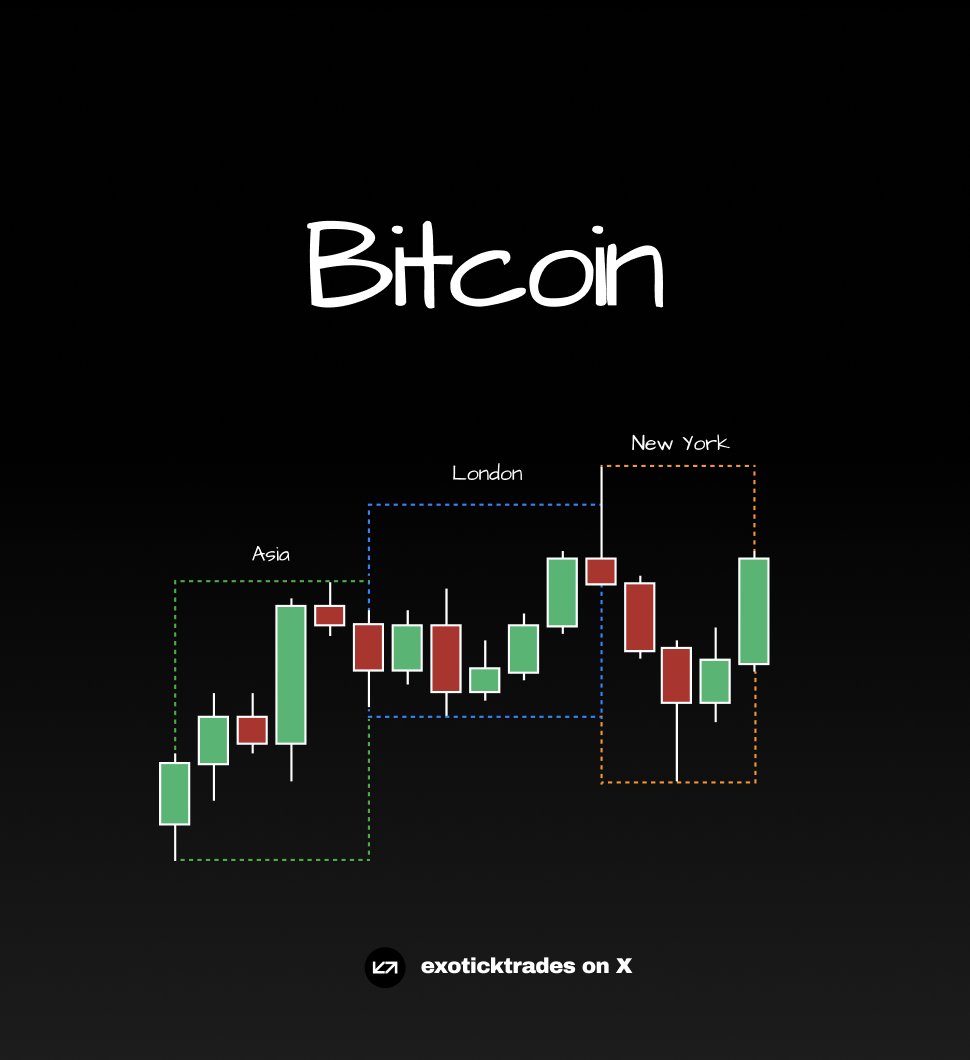Topics Covered in This Thread:
1. Primary concept of the DOM.
2. Understanding the features of the DOM.
3. Explaining use of order flow.
4. Settings you can use to organise your DOM.
1. Primary concept of the DOM.
2. Understanding the features of the DOM.
3. Explaining use of order flow.
4. Settings you can use to organise your DOM.
Primary Concept of the DOM:
- To read where positions of limit are of use at price lvls.
- Used to understand live liquidity of a market.
- Analysing trade environment and entry positioning.
How to Access:
> Simply open up the DOM via Exocharts desktop to access,
- To read where positions of limit are of use at price lvls.
- Used to understand live liquidity of a market.
- Analysing trade environment and entry positioning.
How to Access:
> Simply open up the DOM via Exocharts desktop to access,

Understanding Features of the DOM:
- The key features you should know when it comes to reading the DOM.
- I've highlighted the info here >>
- The key features you should know when it comes to reading the DOM.
- I've highlighted the info here >>

Understanding the order flow of the DOM:
- By filtering DOM values to show only larger values, filtering out low liquidity at price lvls, overall liquidity can be seen.
- Trend health can be observed via buy and sell walls and potential reversals.
Explained in detail below.
- By filtering DOM values to show only larger values, filtering out low liquidity at price lvls, overall liquidity can be seen.
- Trend health can be observed via buy and sell walls and potential reversals.
Explained in detail below.

2 Settings you can use to organise your DOM:
Bid, Ask > Combine Bid and Ask columns.
This allows for more real estate on your charts as well as not interfering with info.
Filters > Bid-Ask hide text if <insert.
Filters out smaller values of vol for easier observing.
Bid, Ask > Combine Bid and Ask columns.
This allows for more real estate on your charts as well as not interfering with info.
Filters > Bid-Ask hide text if <insert.
Filters out smaller values of vol for easier observing.
So much more info i'd like to cover on DOM coming in the future.
Such a useful and interesting tool to use when trading.
As usual a like and retweet is appreciated, any comments you may have feel free to give me a msg.
Stay Smart and trade Safe!
Exotick.
Such a useful and interesting tool to use when trading.
As usual a like and retweet is appreciated, any comments you may have feel free to give me a msg.
Stay Smart and trade Safe!
Exotick.
• • •
Missing some Tweet in this thread? You can try to
force a refresh

















